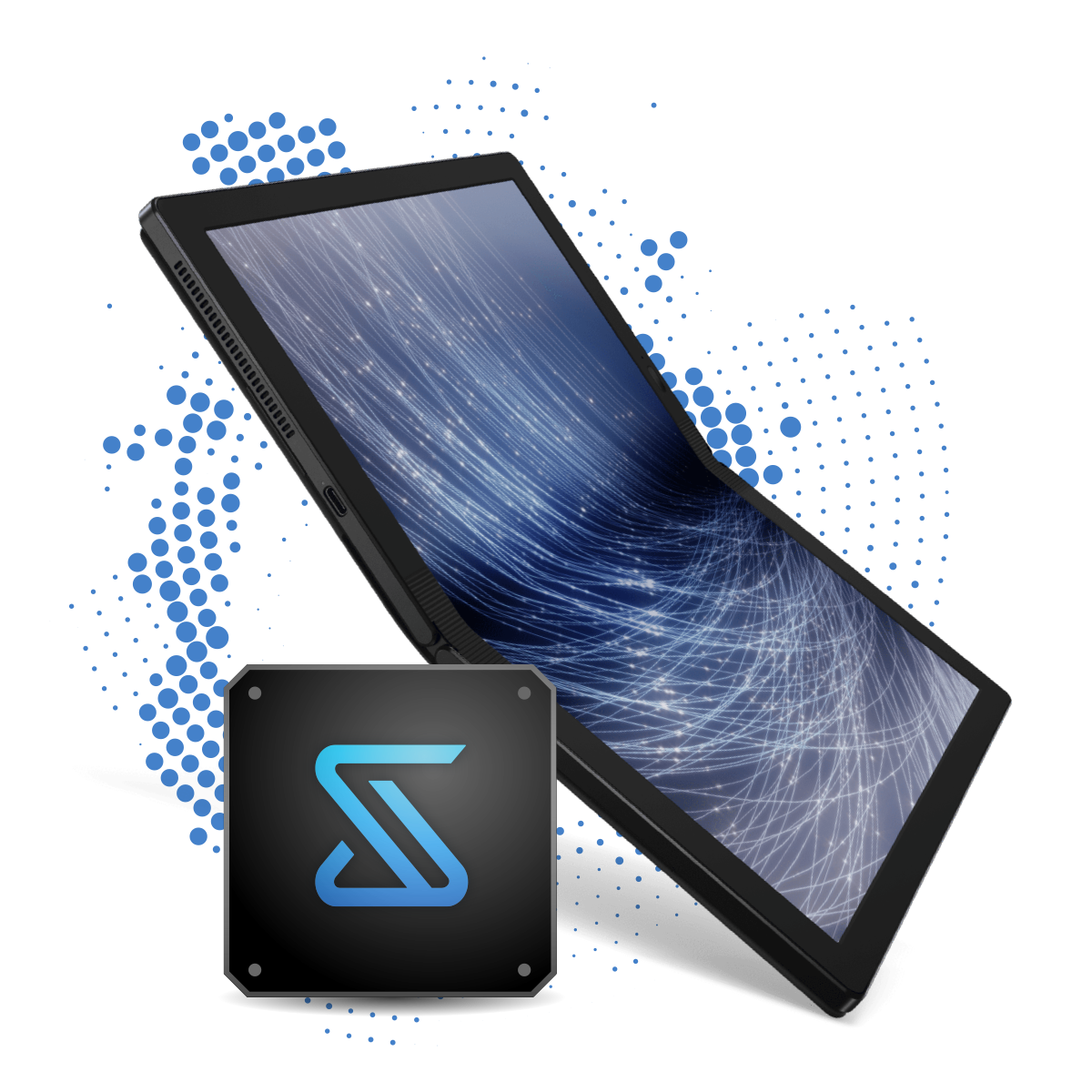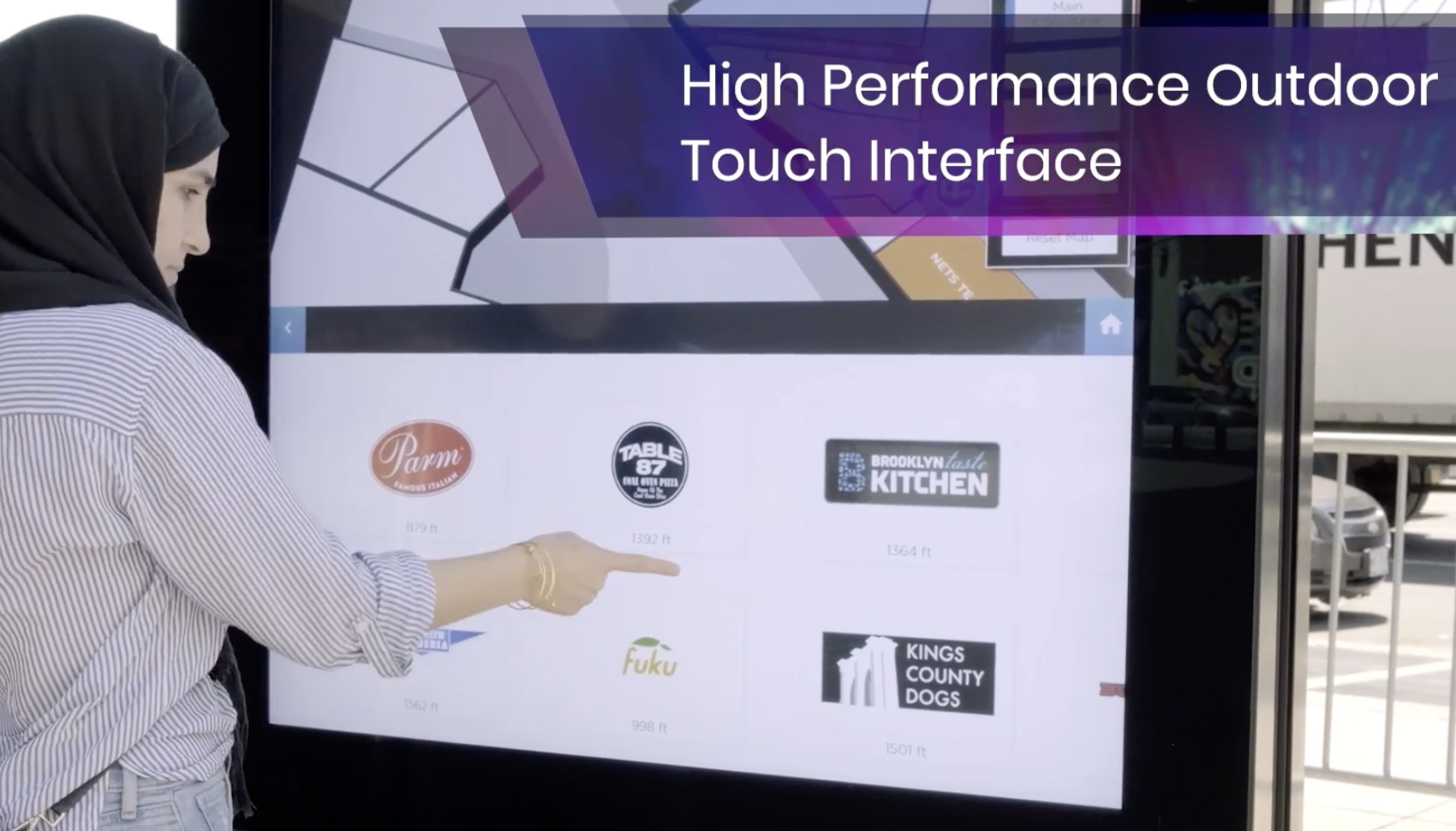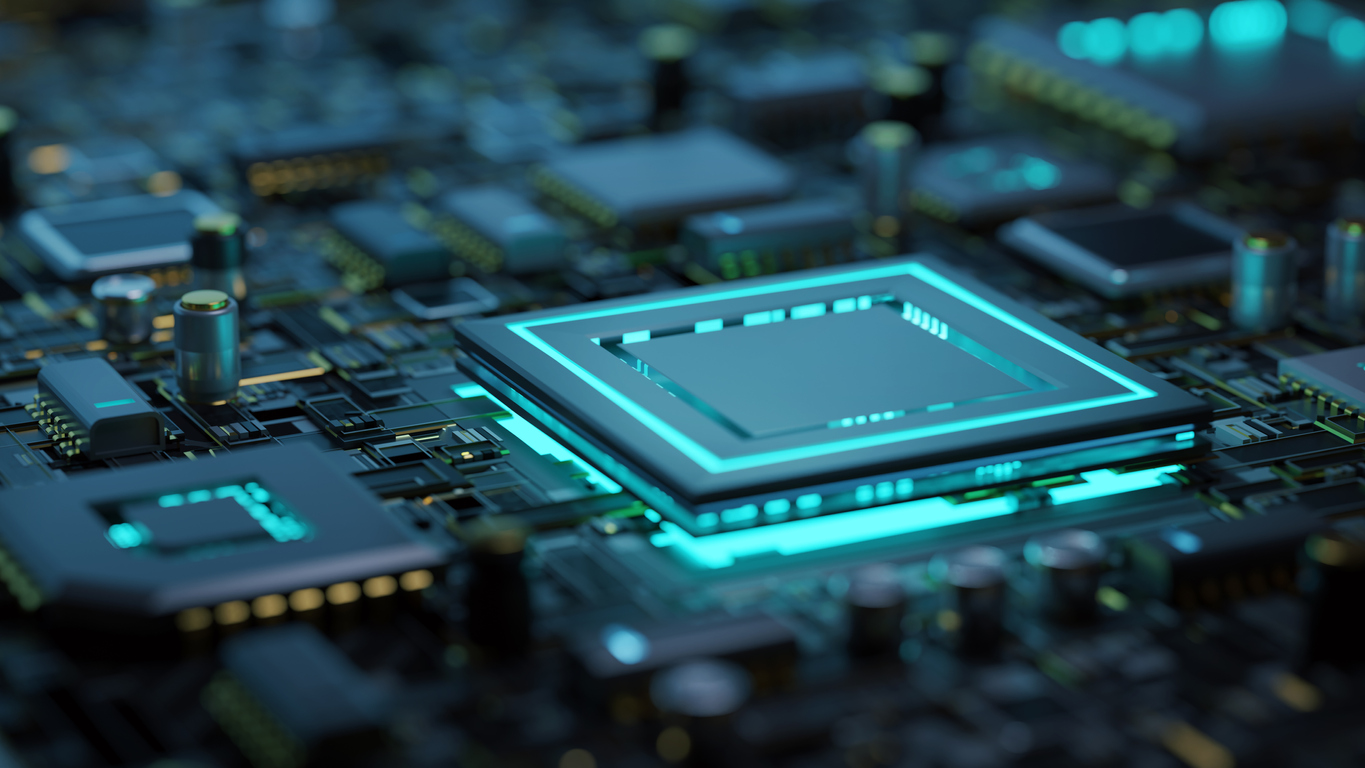Semiconductor Efficiency is Driving a Holistic Approach to Sensing in Electric Vehicles
Touchscreens, battery monitoring, motor controls and autonomous driving are generating explosive growth in automotive silicon content.
With the rapid shift in automobiles toward software-defined cockpits, smart motor controls, optimized battery management and autonomous sensing, the amount of semiconductor content is expected to grow rapidly from $300 to over $1000 per vehicle by 2030. When fully autonomous driving catches on, the silicon content is expected to exceed $2,000 or more per vehicle. At the heart of this increase is sensing through a mix of analog and digital systems throughout the vehicle. This makes sense (pun intended) as all living creatures are defined by their sensing systems. EVs are forcing a “re-do” of mechanical, electronic, and sensing system architectures with a new found priority on sensing. The rapid increase in sensing silicon (analog and digital) demands a more thoughtful and efficient approach to building out the nervous system of electric vehicles. From the “Edge” of analog to the “Experience” of riders, sensing architectures must be fully integrated for efficiency and human factors.
Building a demo vehicle to show off 30 different sensing systems, each independently managed, is much different than building 5 million vehicles with 500 different sensing systems comprised of $2000 in semiconductors. It is time to redesign this approach to sensing with managed data flows, optimized emissions, and semiconductor efficiency in mind.
Today’s sensing systems are primarily built around voltage mode ADCs (analog to digital converters) that use voltage thresholds and scanning to sense a change in the system. While it may feel natural to transition the existing systems into EVs, this would be a mistake. Designers should consider a holistic approach to sensing that can be achieved using current mode ADCs with continuous ultra-low voltage signals built on more efficient semiconductor processes and using far less analog components.
Modern Cockpit Designs
Starting with the driver and passenger experiences, both EV and gasoline powered cars are quickly evolving to deploy advanced cockpits featuring multiple touchscreens and motion sensing with seamless integration of physical buttons and controls. Despite the growing complexity of vehicles today, the human-centric technologies supported by touchscreens, voice control, hover gestures, and haptics are needing to deliver increasingly intuitive experiences for both the driver and passengers. If these systems use multiple disparate scan-based sensing systems, they can deliver a confusing experience while high voltage requirements can become a serious EMI emissions challenge for certifications. Tesla certainly raised the bar with its 15 and 17 inch “Tablet on Wheels” touchscreens which eliminated all but essential physical buttons. Still, this is essentially a rectangular tablet mounted on a dash. Other automakers are moving toward ergonomically integrated dashboard systems such as the Mercedes-Benz MBUX Hyperscreen, a 56-inch-wide cinematic display. Unfortunately, by using voltage mode ADCs this system requires multiple independent capacitive sensing components just for the one Hyperscreen. A current mode sensing system is able to manage such displays with one small IC with intelligent software control for displays, buttons, sliders and hover controls.
Whether controlling driving and vehicle functions or simply infotainment and comfort settings, these new systems rely on responsive controls and integration to deliver a software configurable, intuitive experience. For such dashboards, the ability to handle long conductive lines, with varying resistances, at low voltages and with minimized EMI emissions is key. Such dashboards are far more efficient using current mode sensing rather than voltage thresholds that require uniform impedance on all sensing channels and traces. The HMI (Human Machine Interface) can also benefit from proximity detection up to 3 feet above the surface, identifying motion and intent on the part of the driver or passenger before anything is touched. These systems must also maintain reliability across all environmental conditions from negative winter temperatures to the hot desert sun. Dynamic referencing for each channel regardless of resistance or capacitive load is the hallmark of current mode ADCs and applied for long line high resistance environments.
Additionally, the modern cockpit must go far beyond the conventional dashboard to incorporate capacitive sensing everywhere. Whether through plastics, leather seating, mirrors, steering wheel, or the shifter knob, sensors can detect proximity, gestures and objects over curves and through movement. Smooth, reliable, consistent touch performance goes a long way to define the overall experience. Additionally, new polymer conductive materials with elastomeric qualities can both reduce costs while conforming to any shape or bend. While these are massive challenges for traditional capacitive systems, current mode ADCs are mostly unaffected by elastomeric conductors. In high noise environments, these high resistance conductors can act as excellent low pass filters further improving the SNR advantages. When sensing a change in current, centralized software controls enable new designer options. Channel reuse provides the ability to use a single conductor to sense a touch screen, a mechanical button, a capacitive button, a scroll bar and more. Sensing of multiple regions and functions over long lines, gives cockpit designers far more latitude. The integration and software control for a holistic approach to all of these sensors helps to drive entirely new and faster response HMI experiences.
Battery Health
For electric vehicles, battery health is an enormous concern, while accurate battery data can greatly improve battery life and efficiency. Despite the enormous advances in battery performance and cost-effectiveness over the past decade, the accuracy and robustness of “state-of-health” (SOH) estimates remain quite rudimentary. By introducing advanced electrochemical impedance spectroscopy on each cell, instantaneous impedance readings can provide insights into unstable cells along with collecting data on how the battery varies with changes in temperature, even while charging. Individual cells may now be uniquely managed based on load, temperature, and health using multiple capacitively coupled frequencies. As accurate impedance data is collected from large numbers of battery cells over time, precise models can more accurately reflect the battery health under such conditions – leading to optimized charging, extended battery life and improved battery efficiencies.
Motor Control
EV’s require optimal motor efficiency to improve the vehicle’s range, acceleration and longevity. Today, expensive circuitry is used to provide important motor feedback, filter noisy harmonics and provide the optimal balance between load, torque, and speed. Whether using induction drive or permanent magnet (PM) motors, current mode ADCs, with the ability to simultaneously drive and sense on a single channel, delivers faster response and more accurate data. Motor efficiency can be improved using clean sinusoidal waves with no harmonics, smoothing the power curve while reducing the wear and tear on the vehicle. Elimination of harmonics also minimizes fatigue on the bearings, potentially reducing some of the added costs associated with today’s ceramic silver nitride bearings. Sensing with higher SNR will provide accurate wear information that may be used for predictive failure analysis and managed maintenance (vs reactive maintenance). With the explosive growth in EV’s, even small improvements in motor efficiency and the use of cleaner electric power inputs, can have dramatic improvements on extending battery life and improving vehicle performance.
Autonomous Driving
While completely self-driving vehicles remain at least several years away, the changes that will be required to the sensors, the cockpit, and the power system will be substantial. Today’s voltage mode ADCs with threshold-based scanning are not adequate for the task. With the amount of silicon per car more than doubling in such vehicles (projected to be >$2,000 per vehicle), the number of opportunities for improving the road performance, human interface, the passenger comfort, and the entire ride experience are enormous. Similar to the way mobile phones have become the handheld computers for millions of apps, self-driving EV’s will become “Data Centers on Wheels” producing massive amounts of data from sensors. A new EV nervous system based on current mode ADCs will deliver tight integration between the vehicle sensors, the cockpit, and the power system becoming the platform for rapid introduction of new innovations and enhancements.




